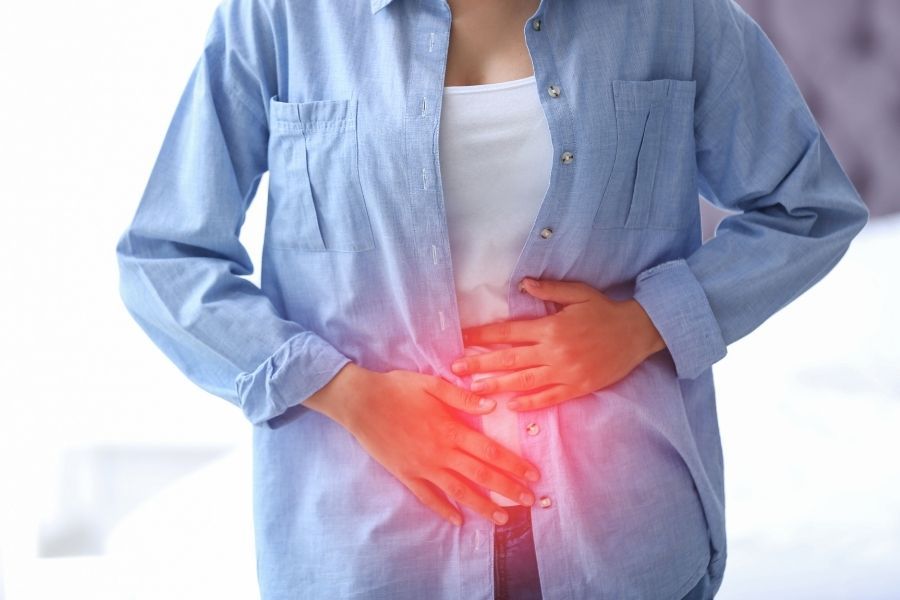
Menstrual cramp is also known as dysmenorrhea. It is caused by prostaglandins which are chemicals formed in the lining of the womb during menstruation. Prostaglandins cause muscle contractions in the womb, resulting in pain, decreased blood flow and oxygen to the womb.
Menstrual pain usually affects the belly and pelvic areas, but some women may also have very bad pain in the back or thighs. The pain usually begins just before or when menstrual bleeding begins, and slowly lessens over one to three days. The pain usually happens on and off, ranging from mild pain to disabling pain where it affects your normal life.
People having menstrual cramps might also experience nausea, diarrhea, dizziness and headache or feel tired.
What you can do
- Apply heating pad to the lower back or tummy area to relieve the pain
- Take medicine to help relieve symptoms
- Massaging the lower back or tummy area may help
When to see a doctor
- If there are any sudden changes in your menstrual cramps, such as the severity, timing, or area of pain. This may point to other underlying problems in the female reproductive system
- Very bad pain that is not relieved with over-the-counter medicines
- The symptoms disrupt your normal life every month
You can prevent menstrual cramps
- Get enough rest and sleep
- Exercise regularly. Exercise, including yoga and walking can help ease menstrual pain in some women
Updated in Nov 2018
This article does not take the place of talking to your doctor or pharmacist. People with special health needs such as babies, children below 12 year old, elderly and pregnant ladies should see a doctor instead of self-treatment. Always read the instructions and warnings on the package before taking any medicine.
.png)



















































